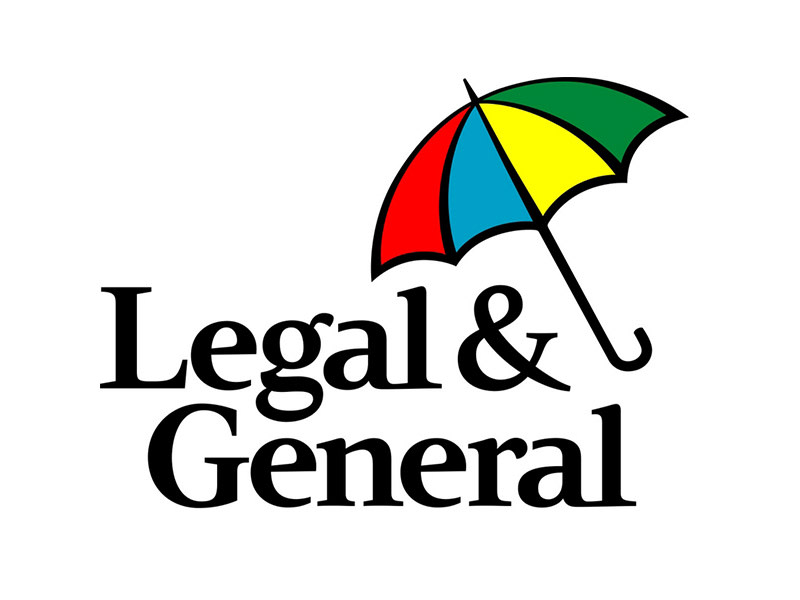Legal & General (L&G) has revealed a new structure, medium-term targets, and a buyback.
Legal & General Investment Management and Legal & General Capital will be merged to create a new Asset Management division. Non-strategic assets will now be managed through a new Corporate Investments Unit ahead of a potential sale.
From 2024-27, the group aims to deliver annual growth of 6-9% in underlying operating profit per share. It’s also looking to generate £5-6bn of excess capital over 2025-27. A £200mn buyback has been announced alongside plans to grow the dividend by 5% in the coming year, and 2% from there to 2027.
The shares fell 3.2% following the announcement.
Our view
António Simões is relatively new to the CEO seat and has just released his first strategy update.
The combined Asset Management division looks more streamlined. It aims to grow private market assets and deliver improved profits by 2028. It’s rightly an area of focus given recent performance from the investment management arm has disappointed. Returning to, and then exceeding, historical profit levels here is key.
The buyback is also welcome, but excess capital generation targets look a little softer than expected.
L&G’s operations span across retirement, retail and asset management - with pretty much every service you can think of in each of those buckets.
Higher interest rates have been causing some trouble for assets under management in the investment management division, though things are starting to stabilise. At the same time, higher rates are benefiting the larger pension businesses.
Pension risk transfers (PRTs) are core to operations. These see L&G take on responsibility for paying some or all of the pensions from a company's final salary pension scheme (often called bulk annuities). In return, the group receives a lump sum managed by the new Asset Management division. This circular flow within the business means L&G can deliver strong margins on its bulk annuity business, which is a core benefit of the model.
The UK is the most mature global market, but L&G has its eyes set further afield. Activity in overseas markets like the US, Canada and the Netherlands is increasing. Including the UK, there's around $6trn of pensions liabilities floating about, with the percentage transferred to insurers barely touching double digits. That gives plenty of scope for L&G to keep growing.
We'd be remiss not to mention the group's formidable solvency II ratio, which is a core measure of capitalisation. Though there was a drop last year, at well north of 200% this offers the group some resilience. Plus, with capital generation exceeding dividend payouts, the prospective yield of 9.1% looks well supported. Of course, there are no guarantees.
There are a lot of strings to L&G's bow, with bulk annuities at its core and we see the market staying healthy over the medium-term. The next challenge is to deliver improved performance from the refreshed Asset Management division, which will carry some execution risk. Overall, the valuation doesn't look too demanding to us but reflects sentiment toward the sector right now, which is a little weak.
Environmental, social and governance (ESG) risk
The financials sector is medium-risk in terms of ESG. Product governance is the largest risk for most companies, especially those in the US and Europe with enhanced regulatory scrutiny. Data privacy and security are also increasingly important risks for banks and diversified financial firms. Business ethics, ESG integration and labour relations also contribute to the industry’s ESG risk profile.
Legal & General’s overall management of material ESG issues is strong.
L&G's board of directors oversees sustainability, with 30% of executive bonuses linked to ESG factors, and the company ensures cybersecurity through certification. Despite promoting business ethics and having an anonymous whistleblower channel, it could improve transparency in customer due diligence and employee training on responsible marketing.
Legal & General key facts
All ratios are sourced from Refinitiv, based on previous day’s closing values. Please remember yields are variable and not a reliable indicator of future income. Keep in mind key figures shouldn’t be looked at on their own – it’s important to understand the big picture.
This article is not advice or a recommendation to buy, sell or hold any investment.No view is given on the present or future value or price of any investment, and investors should form their own view on any proposed investment.This article has not been prepared in accordance with legal requirements designed to promote the independence of investment research and is considered a marketing communication.Non - independent research is not subject to FCA rules prohibiting dealing ahead of research, however HL has put controls in place(including dealing restrictions, physical and information barriers) to manage potential conflicts of interest presented by such dealing.Please see our full non - independent research disclosure for more information.


